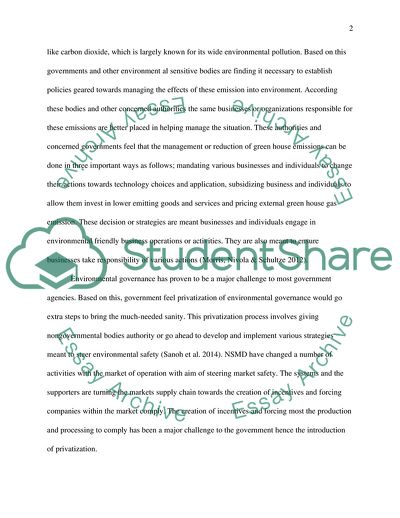Cite this document
(International Environmental Governance Coursework Example | Topics and Well Written Essays - 3750 words, n.d.)
International Environmental Governance Coursework Example | Topics and Well Written Essays - 3750 words. https://studentshare.org/environmental-studies/1831094-environmental-policy-and-governance
International Environmental Governance Coursework Example | Topics and Well Written Essays - 3750 words. https://studentshare.org/environmental-studies/1831094-environmental-policy-and-governance
(International Environmental Governance Coursework Example | Topics and Well Written Essays - 3750 Words)
International Environmental Governance Coursework Example | Topics and Well Written Essays - 3750 Words. https://studentshare.org/environmental-studies/1831094-environmental-policy-and-governance.
International Environmental Governance Coursework Example | Topics and Well Written Essays - 3750 Words. https://studentshare.org/environmental-studies/1831094-environmental-policy-and-governance.
“International Environmental Governance Coursework Example | Topics and Well Written Essays - 3750 Words”. https://studentshare.org/environmental-studies/1831094-environmental-policy-and-governance.


